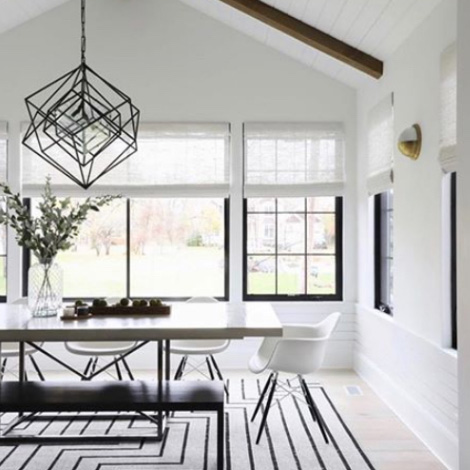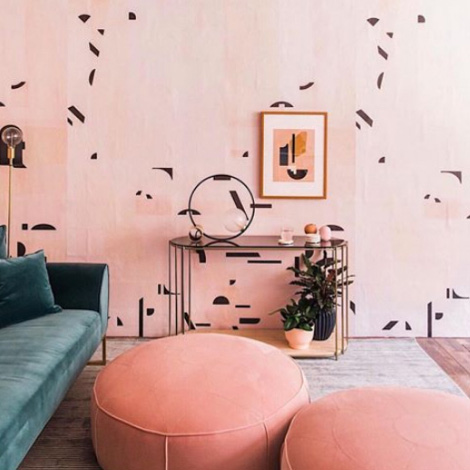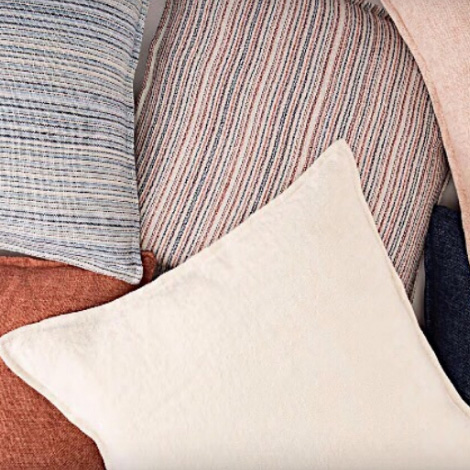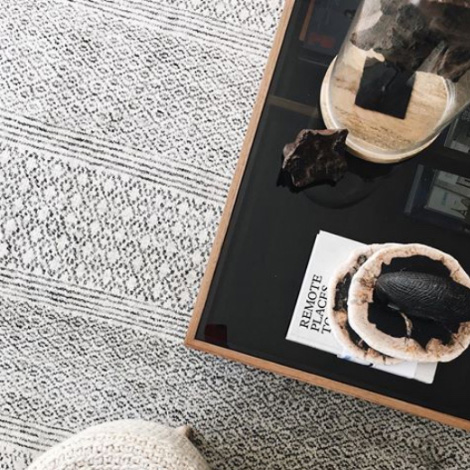“It’s All About Learning.”
Lori Paranjape lives to learn, and uses this curiosity to enhance her aesthetic vision. “Every single process that I’m involved in is about learning: from a mistake I made, from finding out what a client likes, from watching how an architect and a builder work together. I’m always listening for the true needs and desired uses of spaces, because I don’t just want to make them pretty. It’s all about learning and asking lots of questions so I can make spaces that are muscular and clever, so that the functionality that lives underneath the layer of pretty can make a home work beautifully.”
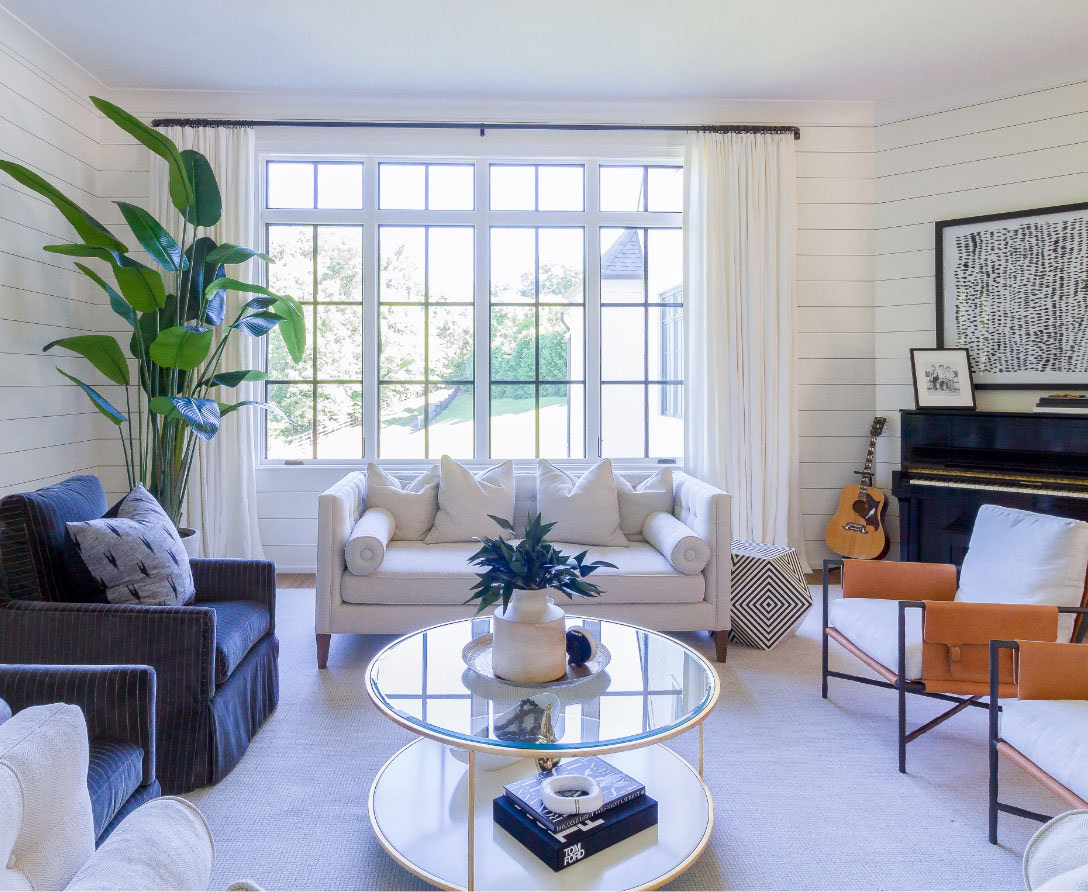
Questions First. Everything Else After.
By approaching projects in this open, learning mode, Lori is able to indulge her greatest passion: creating incredibly personal spaces. “I don’t want to design a home that’s a replica of something my clients have seen online. I create spaces that are built just for the people who use them. Transferring a look from someone else won’t translate; the details must be meant for you, and you alone. And the only ways to make it personal is to ask lots and lots of questions.”
Before her clients begin to design and draw their dream spaces, Lori immerses herself into a question-and-answer phase. “In order to thoughtfully plan the utility of precious square footage, I feel it’s so important to be active in the architecture phase. I like to think of getting to know my clients at this stage as ‘speed dating,’ where we have a get-acquainted process. Then I can dive into the creative, empowering, energizing, exhausting process of the rest of the project—but know that I’m always on the right track because I took the time to know my clients well.”

An entry designed to handle the clutter of messy New England winters, but still serve as a welcoming space, all year ’round. Photo source: Mrs. Paranjape Design & Interiors
Creating Your Must-Ask Questions
As Lori probes to learn how people want to live in their homes, she starts with the mundane, asking clients where they park their car, where they like to enter a house, do they walk in with their hands empty or full, and if full, with what? Whether they cook, drink coffee, watch TV, and always quizzing clients on when and where. “From their answers, I can build a vision of the actual everyday life of people inhabiting their beautiful space, with functionality that holds true to the important aspects of their lives.”
“I’ll ask, ‘Are you right- or left-handed?’ or ‘Do you have a messy hobby?’”
Some queries may seem to have nothing to do with design, but lead to important decisions. “I’ve been known to ask, ‘Are you in a maybe-baby mode, or do you already have six kids playing hockey?’ ‘Who washes the dog?’ I like to know about what is happening now, and what might be coming up next for them. But I’ll also ask, ‘Are you right- or left-handed?’ or ‘Do you have a messy hobby?’ These lead to other details that can create the right customization touches, and create a massive difference in the way I design.” Her suggestion for fellow designers developing their own list of upfront questions: Think of how clients live in and use the spaces being created, and how design details can become essential and helpful—and not just a pretty layer on top.
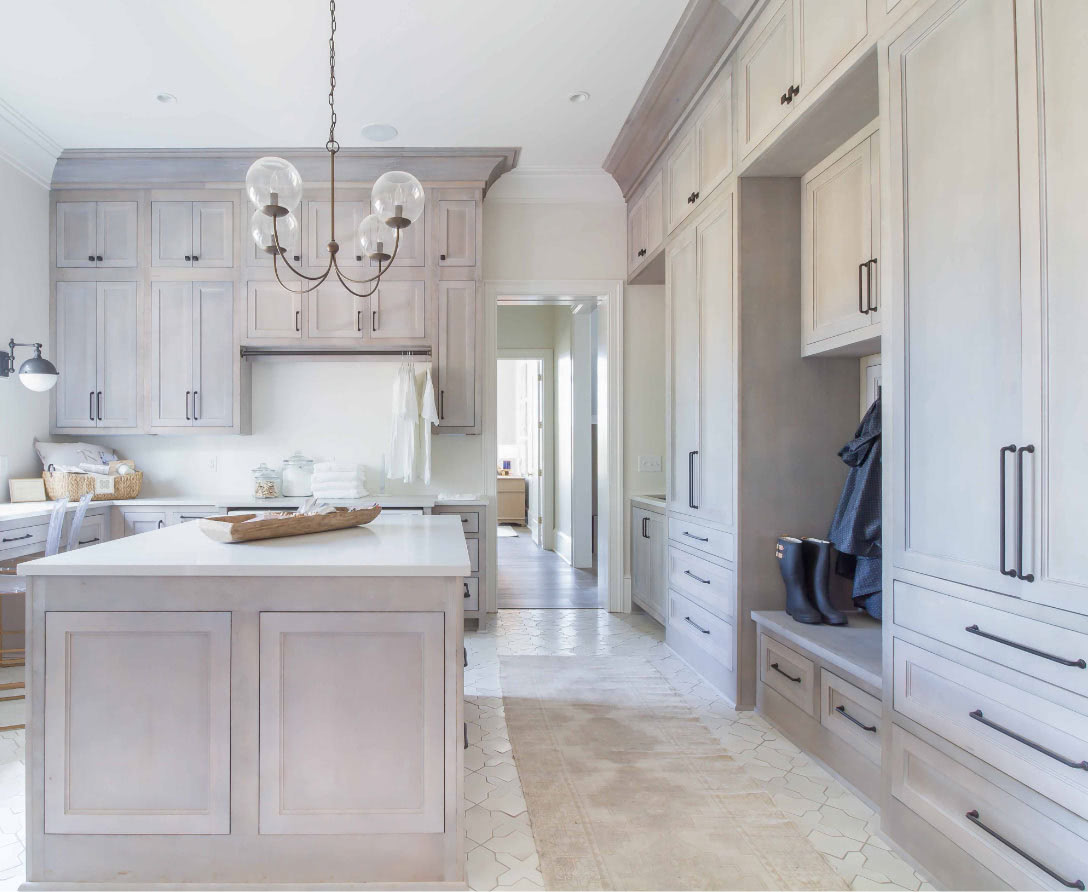
The Garage-to-Kitchen Trail
One example of Lori’s thoughtful translation of questions-into-design: her careful consideration of the path that people take when entering their homes. “We all have experienced this: You walk into the house with a Target bag, a tired kid and a dead phone battery. The places we create to handle this situation need to be distributed in a thoughtful way. You want to be peaceful in how you enter your home, but a cubby room with three hooks and open storage means the first thing you come back to is messy. I want the ‘coming home’ experience to put my clients in a delightful mood.”
As a result, many of her questions include exploring what fills a client’s day, resulting in how they return to their personal spaces. The result: the perfect places for a purse, a phone charger, bags of groceries, work bags, and a peaceful re-entry to a private retreat that feels uniquely perfect.
Lori’s Rug Recos
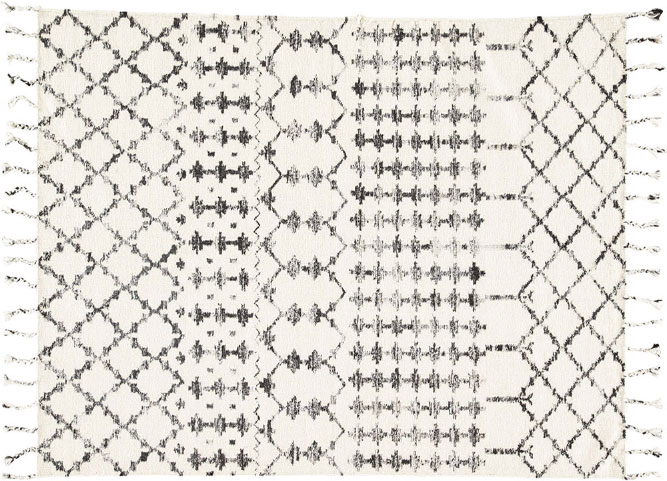
“I love the versatility of Adair (ADA02). It’s a gorgeous neutral with a subtle pattern that works so well in so many spaces. The tassels give it a relaxed vibe that keeps spaces from feeling too stuffy.”
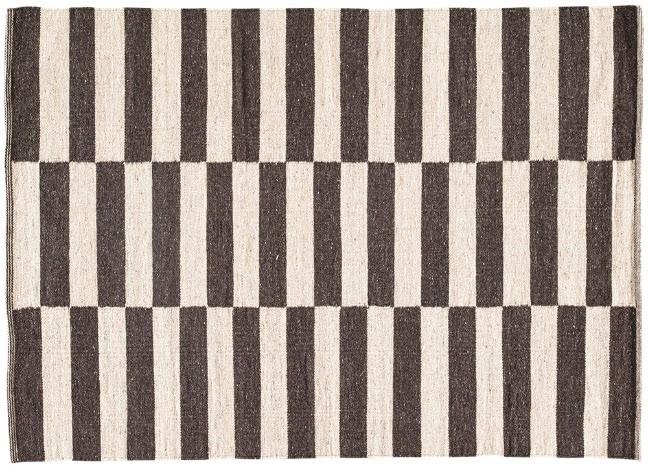
“I use the Scandinavia Nordic (SCN05) when I’m looking for some punch but not wanting to add color. The contrasting stripes add energy without overwhelming with too much pattern.”

The Alpine (ALP02) is my chameleon (and probably my most often used). On one project, we loved how it looked rolled up so much that we ended up using it upside down!”
Next story



